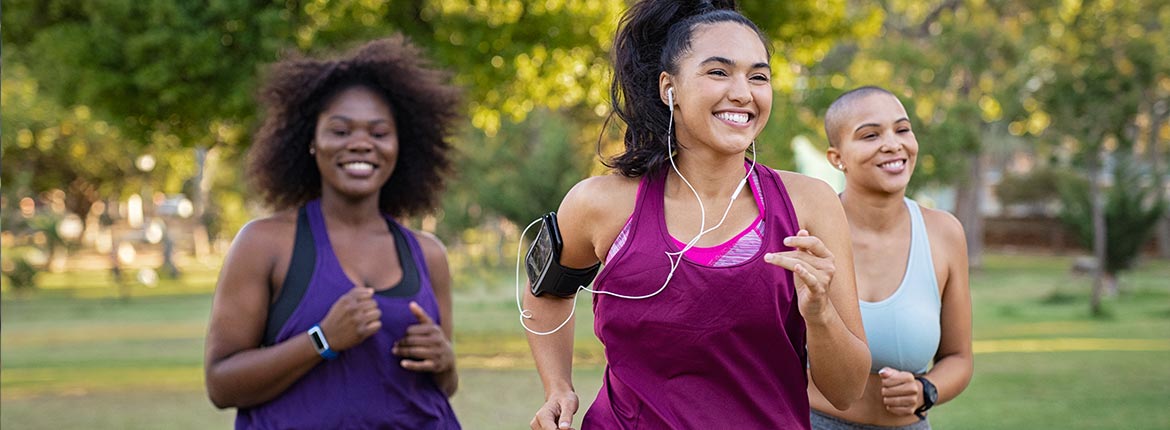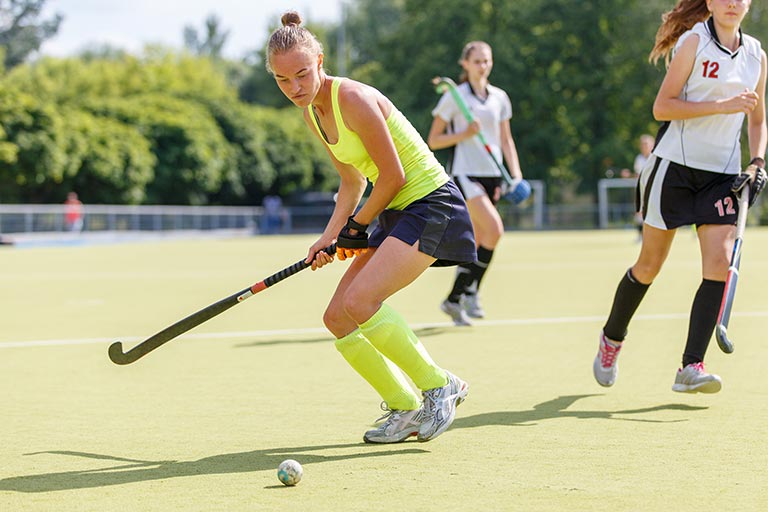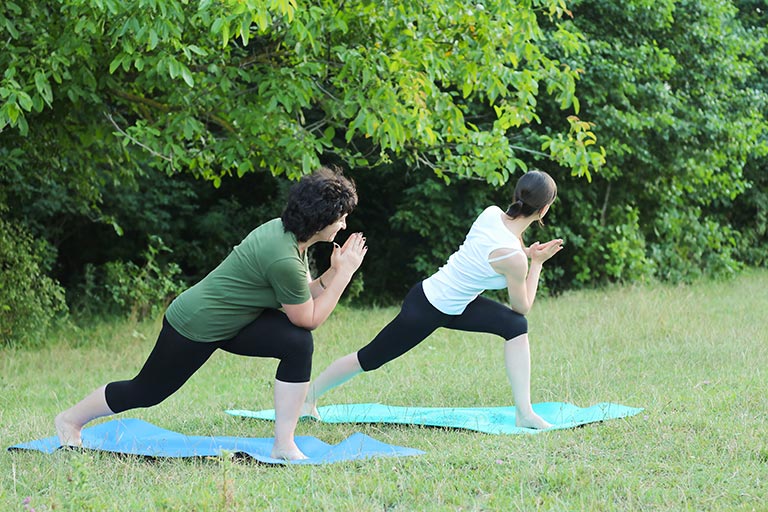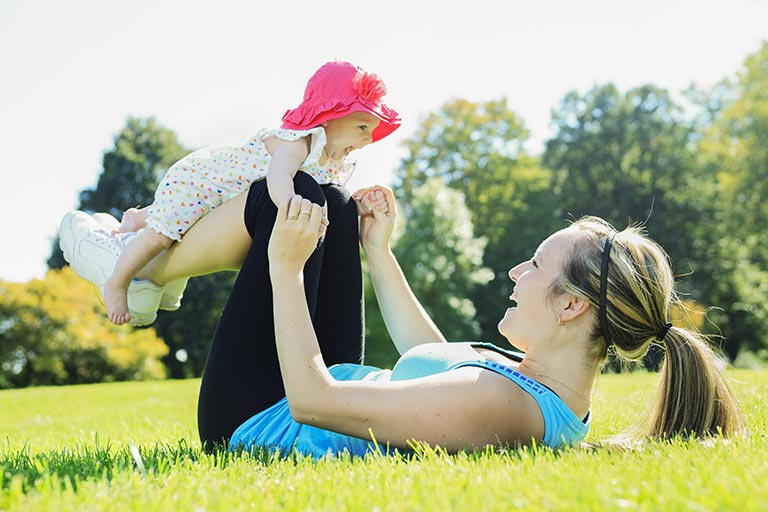
Dr Kate Hutchings
Tuesdays at Circle Reading
For appointments with Dr Kate Hutchings,
please contact Tracey Sandland
Tracey.Sandland@bournesportsmedicine.com
or 07312 121767
Ms Roz Cooke (Physiotherapist)
Tuesdays at Circle Reading
For appointments with Ms Roz Cooke,
please contact Circle Hospital Physiotherapy Department on 0118 922 6980
Link to Circle Hospital website
The Active Women’s Clinic is a specialist service designed to specifically address common sporting injuries and related women’s health issues in physically active women.
The Active Women’s Clinic was developed by Dr Kate Hutchings, Sports and Exercise Medicine Consultant and Ms Ros Cooke, Specialist Physiotherapist with the aim of supporting women to exercise, train and perform to their full potential.
To improve health and sporting performance, we consider all aspects of a woman’s physical activities, looking closely at their training and recovery strategies, managing acute injuries, rehabilitation programmes, nutritional assessment, general wellbeing, and life/work balance.
Our Clinicians have over 25 years combined experience in working with Olympic female sports women, the FA, RFU and professional Ballet. We want to bring this gold standard level of care to all active women, so that they can remain engaged and able to perform in all levels of sport- from completing a parkrun on a Saturday morning to winning gold medals at an Olympic Games.
The Active Women’s Clinic Website

What makes women different when it comes to sport?
The number of women participating in sport at all levels has shown a large increase over the last twenty years. This has been inspired by greater coverage of women’s sport in the media, as well as performances and gold medals from teams such as GB Women’s Hockey at the Olympic Games in 2016 and England Netball at the Commonwealth Games in 2018. It has also been empowering to see how elite sports women Jessica-Ennis-Hill and Serena Williams have returned to top level sport following pregnancy and childbirth.
Research and knowledge about how females respond to training and exercise is still evolving. However, our understanding of female hormonal changes with the menstrual cycle, pregnancy and menopause and its effect on exercise is increasing. This knowledge provides opportunities to improve sporting performance and optimise musculoskeletal health.
The differences between the sexes in body composition and physical qualities are well known: females typically have proportionately less muscle mass, less bone mass, and a higher percentage of body fat than men. This is a consequence of differences in genetic attributes and circulating levels of sex steroid hormones.
The female anatomical structure is also unique for several reasons. Women tend to have a wider pelvis and a larger hip width to thigh bone ratio. This design, although essential for pregnancy and childbirth, can also lead to differences in how females jump and land. In some women, this can then contribute to an increased injury risk at the knee and ankle.
Studies have also shown that women in general are significantly more flexible and show greater joint laxity (reduced joint stability) than men. Although flexibility can be viewed positively, joint laxity has been linked to increased incidence of injury. These observations are particularly true for the knee, ankle, and elbow joint. Women who are hypermobile require increased muscle strength and stability to provide the necessary support for their joints.

How do female hormones affect sporting performance?
From a hormonal perspective, a woman has a unique physiology due to her menstrual cycle, which is controlled by a fluctuating hormonal status. Whilst many women do not experience any adverse menstrual symptoms, recent medical studies have highlighted the prevalence of sporting women reporting negative effects of their cycle on performance. These symptoms can include pain (abdominal/back), cramps, headaches, breast tenderness, co-ordination difficulties and reduced sporting performance.
Exercising females can also report a higher incidence of menstrual irregularities (dysfunction). A regular menstrual cycle demonstrates a healthy hormonal status, and this is important in maintaining bone health, as well as being key to driving the beneficial adaptations to exercise.
As women age, their oestrogen levels naturally decrease as they head towards the menopause. However, oestrogen levels and other metabolic hormones can also be affected by a low energy status in all age groups and sexes. When we undertake any physical activity, our bodies require the correct amount of nutritional input to provide fuel for not only our exercise, but the body’s metabolism. If our energy input does not match our energy output, this will affect the body’s ability to maintain normal physiological functions. In essence, we develop a negative energy balance, which is termed “Relative Energy Deficiency in Sport”. In practical terms, the body goes into an energy saving mode and this will affect the hormones required for a regular menstrual cycle. Periods can become irregular and eventually stop altogether as the body tries to conserve energy. This then leads to a detrimental effect on bones causing a lower bone density. Additional symptoms of low energy availability can include weight loss, fatigue, changes in mood, reduced immune function with increased risk of respiratory infections, a decrease in sporting performance and increased recovery time from injury. If a low energy balance is left unrecognized or untreated, it can have long lasting effects on health and wellbeing.

Pregnancy and Childbirth
Pregnancy is a time where there are significant physiological changes that effect all the bodies’ systems. These changes enable a woman to support the growing foetus, as well as prepare for childbirth. The hormones responsible for these changes also impact on our musculoskeletal system. Women will experience greater ligamentous laxity, some may also experience joint, lower back or pelvic girdle pain, as our body posture and pelvis alignment adapt throughout pregnancy.
For many active women they have concerns on whether it is safe to continue to exercise during pregnancy. In an uncomplicated pregnancy, exercise is not only considered safe, it is highly encouraged, as it provides both physical and psychological benefits. Women who continue to exercise during pregnancy are found to be able to maintain a healthy weight gain, improve their cardiovascular fitness and benefit from a positive impact on their mental health. In addition, staying physically active may help to decrease the risk of developing certain pregnancy related health conditions, such as gestational diabetes and pre-eclampsia.
Following childbirth many women experience feelings of pressure to “get their body back”. Regular physical activity after childbirth also has numerous benefits for a woman’s physical and mental health. Returning to physical activity at any level following pregnancy and childbirth requires a planned graduated approach to restore and recondition. This enables women to return to regular exercise and sport safely.
Active Pregnancy Foundation Resources
www.activepregnancyfoundation.org
Return to Running Post-Partum Guidelines
bjsm.bmj.com
Pelvic floor Dysfunction and urinary incontinence
Pelvic floor dysfunction and urinary incontinence are one of the biggest barriers to women being active across their lifespan. It is recognized that up to 30% of exercising women experience urinary leakage during at least one type of exercise and this increases as women age. This is a problem not only associated with pregnancy and childbirth, but is often common in highly active women, including elite athletes. However, less than half of all women suffering from urinary incontinence report their problems to a medical professional.
Abnormal functioning of the pelvic support muscles can be a frequent cause of this problem. High-impact physical activity such as jumping or running involves repetitive increases in our intra-abdominal pressure and has been associated with higher rates of urinary incontinence. Appropriate assessment and pelvic floor muscle rehabilitation and training are important components for both prevention and treatment of urinary incontinence.

Which injuries are more likely to occur in women?
Although research is still evolving in this area, there are studies examining rates and types of injuries in females that have identified some differences between the sexes. Some of the most common are outlined below
• Bone stress injuries are more prevalent in women with Relative Energy Deficiency in Sport (RED-S). This is as a consequence of inadequate energy intake leading to an abnormal metabolic/hormonal status. This will have a negative impact on menstrual function, bone mineral density as well as other physiological functions of the immune system, growth and development, fertility, and endocrine function. These hormonal and metabolic changes then effect our musculoskeletal system, changing its capacity to cope with training loads. This negative impact can often result in bone stress and soft tissues injuries.
• ACL Injuries are more prevalent in female athletes across sports and rates are continuing to increase year on year. This has led to extensive research to understand why. Some of the risk factors associated with ACL injury are related to physical qualities, such as strength and movement skills. An assessment of these physical skills can help to shape injury prevention programmes to reduce the risk of an ACL injury.
• Concussion injuries in females appear to be more prevalent in some sports compared to their male counterparts and some women can experience more severe symptoms with a longer recovery time. Medical research is still underway in this area and our knowledge of the impact of biological and anatomical gender differences, as well as extrinsic factors with sport is evolving.
How can the team at The Active Women’s Clinic help?
Our specialist team will assess your symptoms to gain further understanding of the issues you are having with sporting activities. A detailed assessment of your symptoms will be carried out by our Sports Medicine Consultant and Specialist Physiotherapist to ascertain your needs and treatment pathway. This may include further investigations such as with blood tests, imaging with X-rays, ultrasound, MRI, or a bone scan to provide a detailed diagnosis. Our team will then discuss the treatment plan with you and may recommend further reviews with specialists in nutrition, gynaecology, and psychology. Our aim is to provide all our patients with a comprehensive integrated management plan to ensure that you can undertake your sporting activities safely and to the maximum of your ability.

